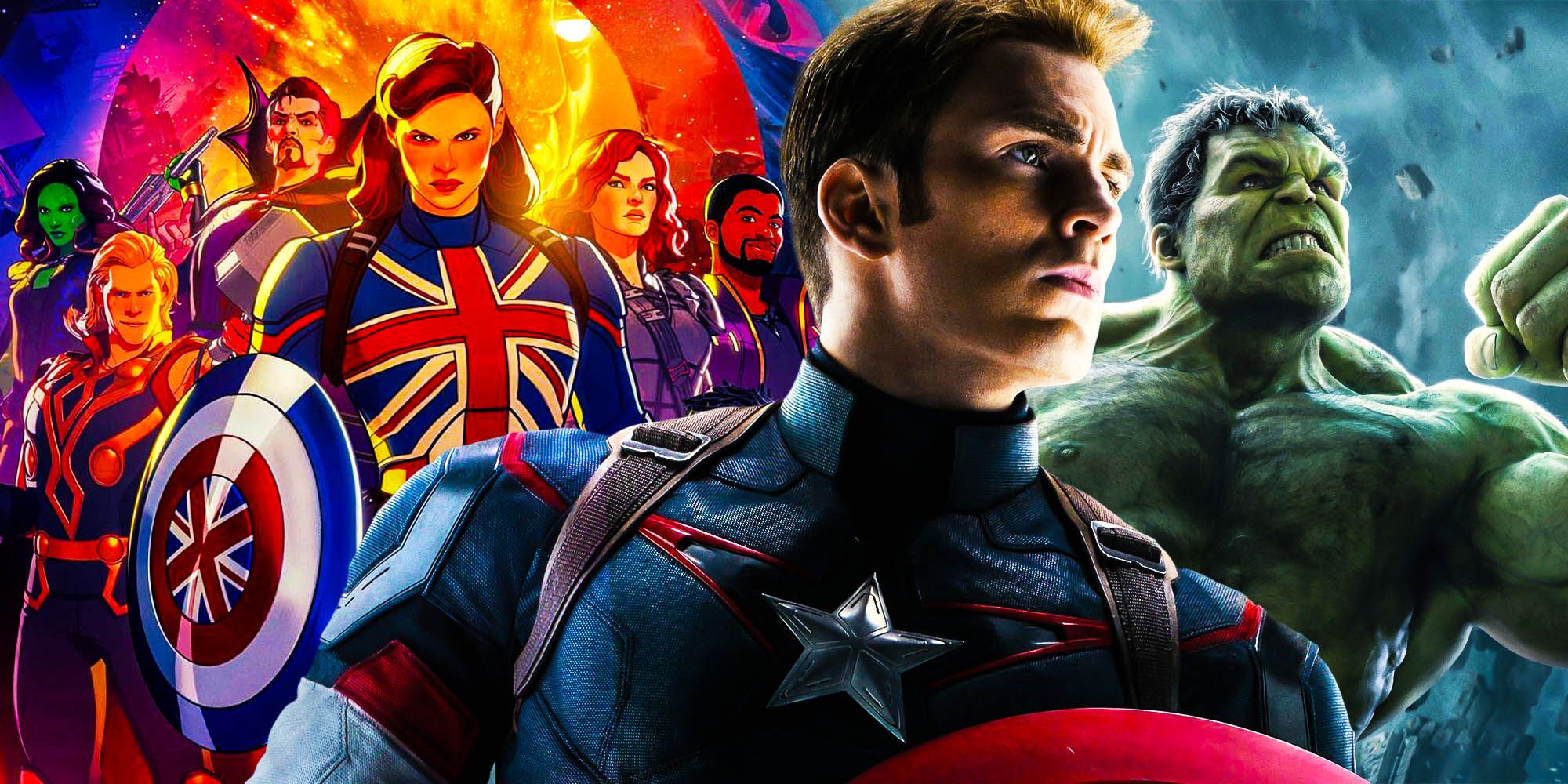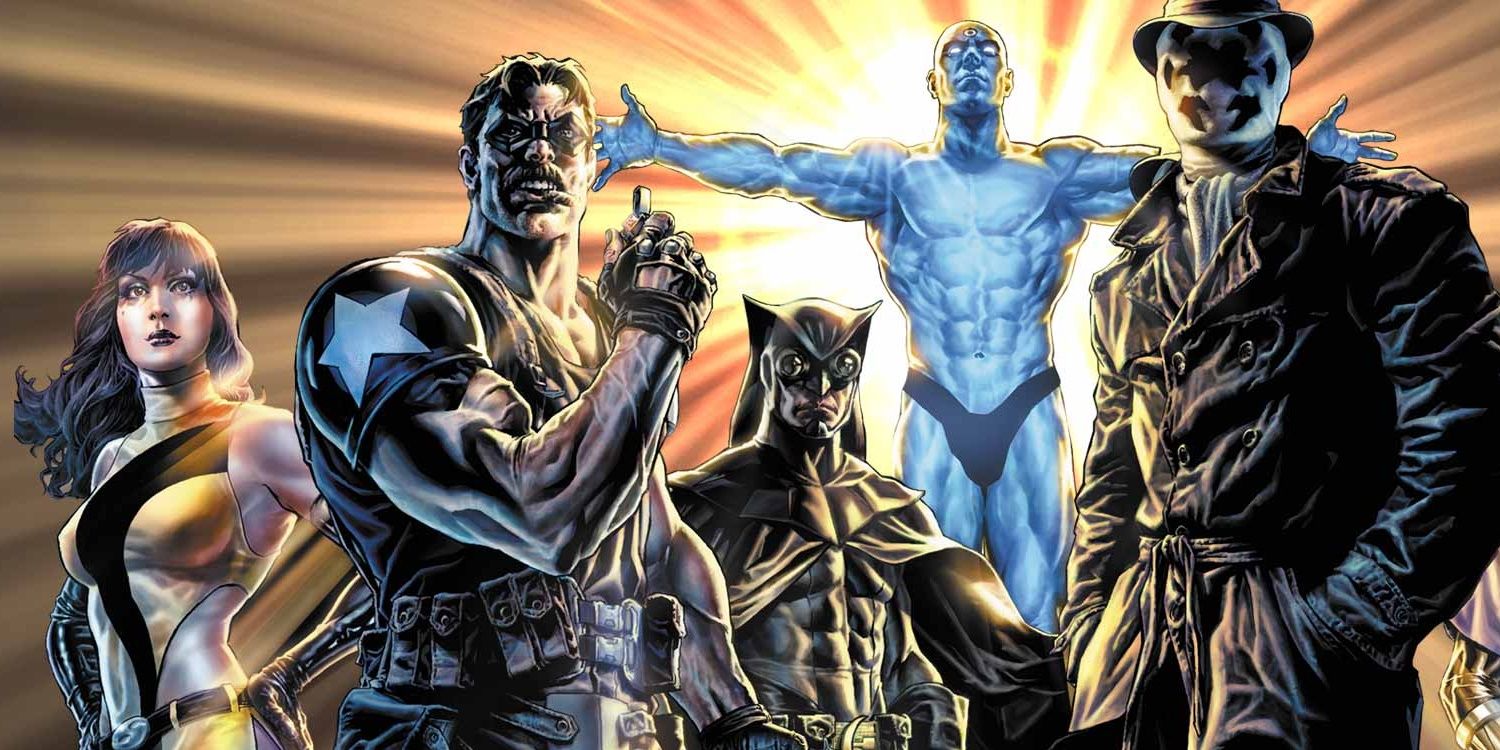The Marvel Universe of Marvel Comics is vast, with multiple planets, galaxies and entire dimensions contained within. Even multiple universes are contained inside the proverbial Marvel sandbox, to the point that writers dub the entire area the Marvel Multiverse. Unfortunately, while this designation is appropriately awe-inspiring, it is also a lie. The Marvel Multiverse does not exist in a sense - but the DC Multiverse of DC Comics is decidedly not a lie, both in-universe and in the real world.
In the Marvel canon, different universes are separate and given numerical designations to tell them apart. The "main" Marvel Universe is known as the Earth-616 universe. Other universes include Earth-1610 (the Ultimate Universe), Earth-2149 (the Marvel Zombies Universe), and Earth-199999 (the Marvel Cinematic Universe - and the fact that the MCU gets its own numerical designation technically means it is part of the greater Marvel Multiverse and can thus cross over with the other universes whenever the writers please). But for all of the universes inside the Marvel Multiverse, they still originate from Marvel themselves - which is not the case with DC.
DC Comics has made a habit of acquiring other universes and allowing the characters within to travel from dimension to dimension at will. Charlton Comics, for example, was a popular publisher for over 40 years before declining in the 80s. DC bought Charlton outright in 1985, meaning ownership of characters such as the Question, the Blue Beetle, Captain Atom, Peacemaker (of The Suicide Squad fame) and more passed to DC. Notably, Alan Moore wanted to use these characters for Watchmen, but DC declined (since all of the characters would be deconstructed and many would die by the story's end).
A similar situation occurred with WildStorm Comics in 2011. The publisher was bought by DC in 2010 and the characters owned were incorporated into the larger DC universe. This was accomplished with the ending of 2011's Flashpoint crossover event, in which the Flash's actions merge the WildStorm universe with the "New Earth" (the main universe) of DC. Thus, the Midnighter, The Authority, Stormwatch and Wetworks could now interact with Superman, Wonder Woman, Batman, and the rest of the DC staples (DC's Vertigo imprint was incorporated in a similar fashion in the same event). Eventually, even Alan Moore's Watchmen universe would join the large DC Multiverse in the 2017 crossover event Doomsday Clock - much to the consternation of Watchmen fans who believed the universes ought to stay separated and distinct).
Thus, the DC Multiverse in comics is a massive patchwork quilt that links different universes together - because it did so in the real world as well. Charlton, Watchmen, WildStorm and Vertigo all began as separate properties, owned by different creators. Marvel Comics' Multiverse is not a true Multiverse in the sense that it was not created by the same source, whereas DC Comics has actually acquired multiple realities and stitched them together, creating what Marvel could not (unless they begin acquiring companies in the same fashion).


